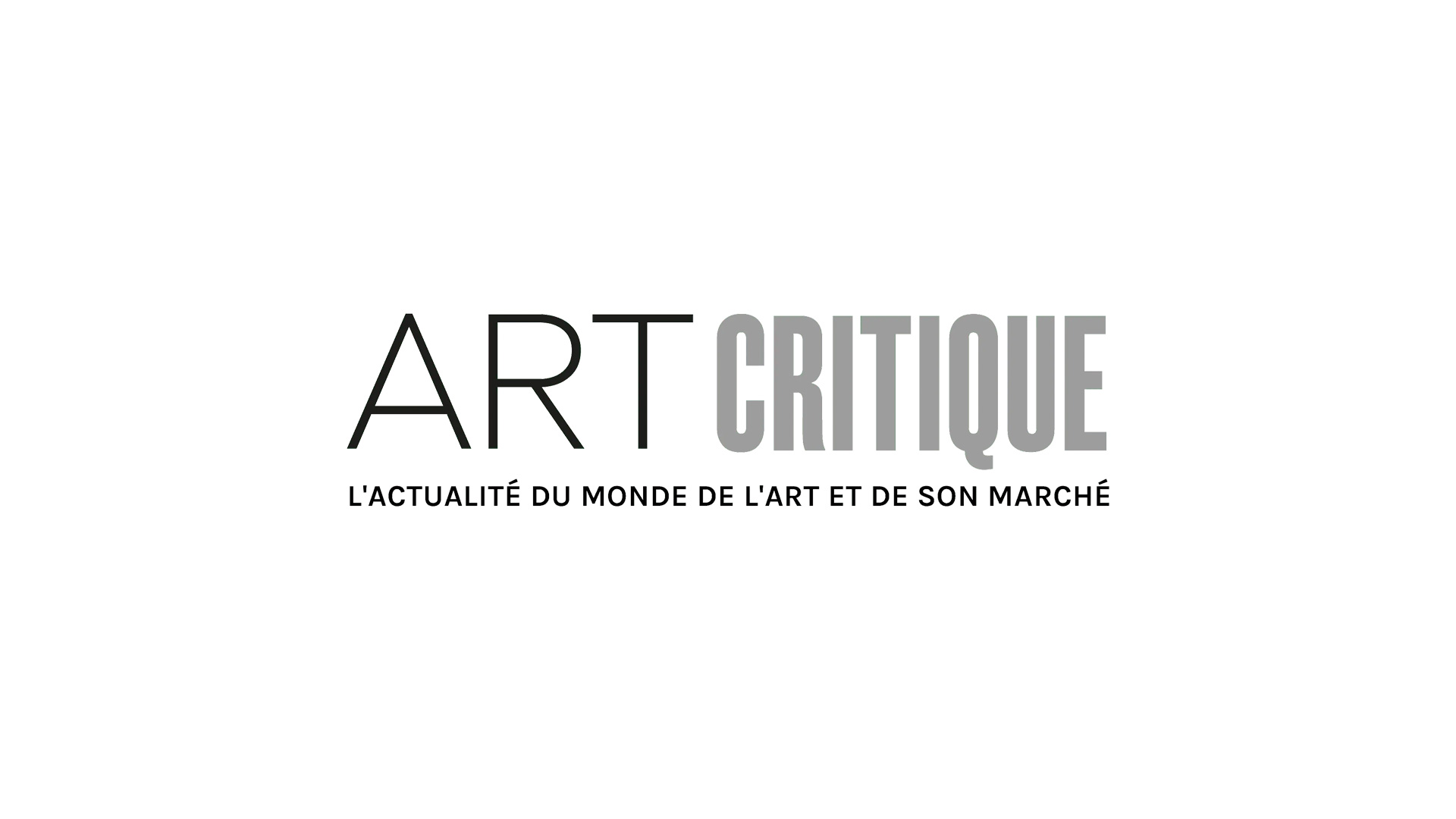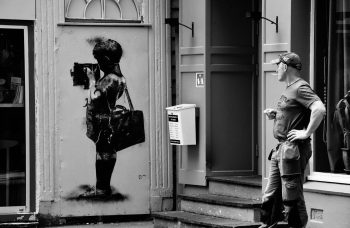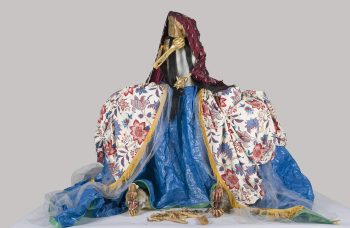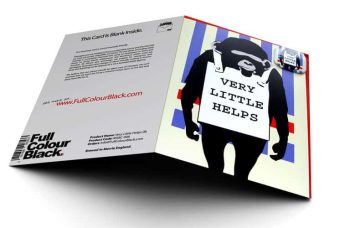In Dresden, Nigerian artist Emeka Ogboh took to the streets with a recent art installation. Utilising advertising spaces in and around the German city, Ogboh installed “missing” posters of artworks that once belonged to the Royal Palace of Benin as part of a campaign to raise awareness over repatriation.
The posters were installed just before the start of the year in more than 200 locations across Dresden and in the surrounding area. Five Benin bronzes that are part of the Museum für Völkerkunde in Dresden are included on the poster series with text reading “Vermisst von Benin” (or “Missing in Benin”). The posters include an image of the bronze work against a black background along with its measurements and the last date it was “seen” in its home country: 1897.
Ogboh’s posters are meant to bring the need for repatriation to day-to-day life, making it a less abstract issue and more of an issue disseminated amongst a larger population. The posters were actually commissioned by the Museum für Völkerkunde to add urgency to talks of repatriation.
The State Art Collection of Dresden is a member of the Benin Dialogue Group which has committed to supporting the planned Royal Museum in Benin City, Nigeria by “contribut[ing] from their collections on a rotating basis.” The Royal Museum is expected to be built on a major excavation site. Excavation of the future museum site is to begin this year and its purpose is to explore the history of the ancient kingdom of Benin, which is now part of southern Nigeria. It is hoped that as the new museum moves forward, there will be developments regarding the repatriation of the Benin bronzes and other cultural artefacts. At the moment, despite pledges of by the Benin Dialogue Group, which includes the British Museum and Berlin Ethnological Museum, there has been no significant forward momentum on bringing the bronzes back to their home.
The bronzes made their way across Europe after British soldiers invaded, looted, and destoryed the Benin Royal Palace in 1897. It is estimated that around 4,000 objects were taken from the palace, including the five Benin bronzes that are shown on Ogboh’s posters, which were taken from Benin and brought to London between 1899 and 1904.
According to Léontine Meijer-van Mensch, director of the museums of world culture in Leipzig, Dresden, and Herrnhut, the Benin bronzes “have become symbolic of the question of how ethnological museums deal with the many thousands of objects in their possession resulting from mass looting or other forms of appropriation under unequal power relations in a colonial context.” It is hoped that Ogboh’s posters bring urgency to the matter of restitution by singling out individual objects.
The posters should evoke “a sense of impatience and necessity,” said Ogboh. He continued saying they serve “to frame the stagnant and abstract discourse surrounding colonial reparations with the urgency and gravity of a public service announcement.”
Ogboh’s series of posters come at a time when discourse over repatriation of artworks has once again heated up. France, in particular, has been under pressure to return artworks and cultural objects to African countries that were once colonised by France. The topic was renewed at the end of 2020 when France’s government voted to return more than 20 objects to Benin and Senegal, which if seen through would be among the first major restitutions to make good on promises made by French President Emmanuel Macron. The issue of repatriation, though, is not only an issue in France as many collections across European countries house African cultural objects taken during periods of colonialism.






